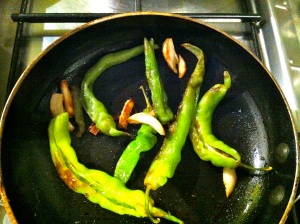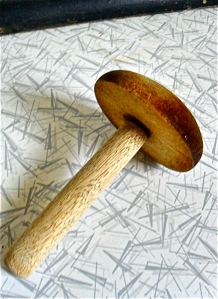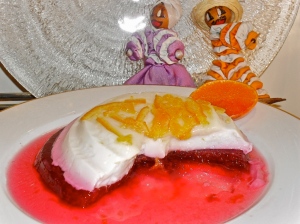It’s the time of year when ‘Top 10 Lists’ appear everywhere – for books, films, music. I’ve been reminiscing and came up with my best Italian food-related memories for 2015 (in no particular order):
. Discovering a great lunch spot while waiting two hours for my GP’s appointment. The Italian Bar in inner city Sydney is run by two Italian ex-DJ brothers who offer great pizza, antipasti and killer drinks.
. Finding Elizabeth David’s Italian Cooking in a second-hand bookshop. First published in 1954, it’s a classic and her prose is good reading even before attempting the recipes.
. Celebrating offal. Trippa alla Romana (Roman style tripe) served at a now defunct suburban restaurant became a winter favourite. Tomatoey, saucy and great while it lasted.
. Experimenting with a deconstructed peperonata. Yes, I took liberties and added eggplant, but the separately oven-cooked ingredients doused with vinaigrette hits the spot.
. Closely observing fruit & veg forms while creating a watercolour still life. Borlotti beans in their shells, eggplants, artichokes, fennel, celeriac all got the treatment.
. Coming to the conclusion that the strawberry granita at Sydney’s Cremeria de Luca is almost as good as their coffee granita. And DON’T hold the panna (cream).
. Always ordering the ham and fior di latte mini brioche at Bar Sport in Sydney’s inner west. Small, delicious and everything you want in a mid-morning snack.
. Getting my fill of comfort food by copying the restaurant scene in Vittorio de Sica’s film Bicycle Thieves where father and son order a Mozzarella in Carozza (fried mozzarella sandwich).
. Growing my own wonderful green Lombardo chillies and flash-frying them in oil, garlic and salt. Nothing else required.
. Admitting frozen vegetables aren’t always the enemy. The next best things to fresh broad beans are the frozen variety. I concocted a broad bean salad recipe for the NRMA’s Living Well Navigator site
























